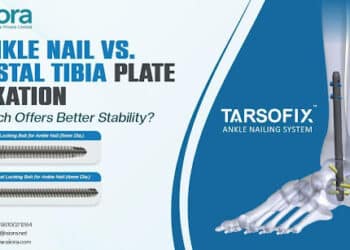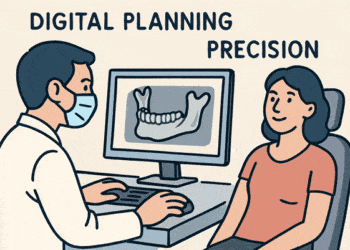If you or your child has shown an interest in Anatomy and Physiology, there are a number of lucrative and rewarding careers that will be available to you.
Anatomy and Physiology deal with the structure and relationship of the parts of a human body such as histology, cytology, and neurophysiology. Taking up Anatomy and Physiology in school allows students to create a foundation for medical school and helps them in determining the right path for them.
Radiologic or MRI technicians:
An MRI technology also called an MRI tech or radiologic has a very important role in healthcare. They are responsible for situating patients after the doctor deems it necessary for them to get an MRI. The MRI technician will explain the MRI process to the patient as well as prepare them for the machine. In order to be a successful MRI tech, you must have a thorough understanding of human anatomy and physiology.
Physical therapist:
Becoming a physical therapist requires a deep understanding, passion, and education in subjects like anatomy and physiology. Physical therapists treat patients with neuromusculoskeletal conditions. These conditions range from back pain to joint injuries and even post-stroke symptoms. Physical therapists are an important part of a patient’s rehabilitation, treatment, and prevention of chronic conditions, illnesses, and injuries. Due to the wide range of patients, it’s very important that physical therapists have a thorough knowledge of the human body, its functions, and its systems.
Technical writers:
If you have a love of writing and anatomy and physiology, technical writing may be the perfect career for you. Technical writers are responsible for creating scientific documents that explain different aspects of healthcare. As a technical writer, you could be responsible for defining terminology, writing articles, or producing educational material.
Biomedical engineers:
Knowledge and a degree in anatomy or physiology is a great building block for biomedical engineers. This type of engineer combines basic engineering principles with medical sciences. This specialty is responsible for designing and creating equipment, devices, computer systems, and software to help patients, fight diseases and conditions, and/or make healthcare providers’ lives and work easier.
Medical scientists:
A medical scientist career will require an advanced degree. Anatomy and Physiology are the building blocks of becoming a great medical scientist.
Exercise physiologist:
Exercise physiologists develop fitness and exercise programs in order to help patients recover from chronic diseases and improve their cardiovascular functions, body composition, and flexibility. These medical professionals study the body’s responses to physical activity in addition to how the body adapts to physical activity over a prolonged period of time.
Physician and/or surgeon:
The path that requires the most schooling and dedication to Anatomy and Physiology is that of becoming a physician and/or surgeon. Physicians diagnose and treat injuries, health conditions, abnormalities, and diseases.
Surgeons perform operations to treat injuries, conditions, abnormalities, and diseases. Generally, a physician or surgeon will first earn their bachelor’s degree in Biology, an undergraduate major that requires understanding, study, and research on Anatomy and Physiology.
Paramedic/EMT:
Paramedics arrive first on the scene to provide care to patients during emergencies. These are the people that respond to 911 calls and determine a patient’s condition and what immediate treatment is needed to potentially save their lives. Paramedics make sure that patients get safely to the emergency room and report their observations to the medical staff at the hospital.






